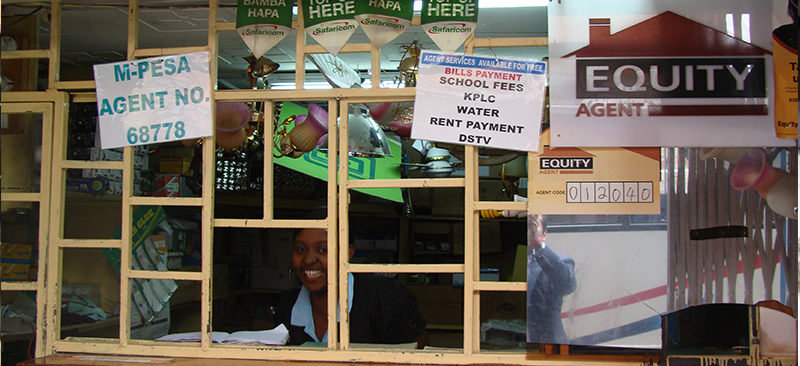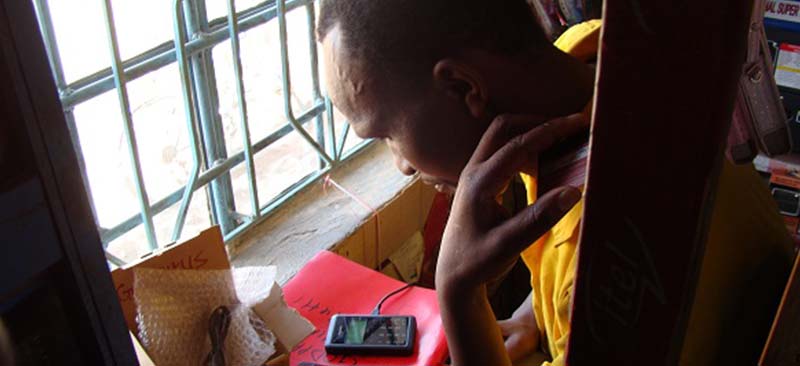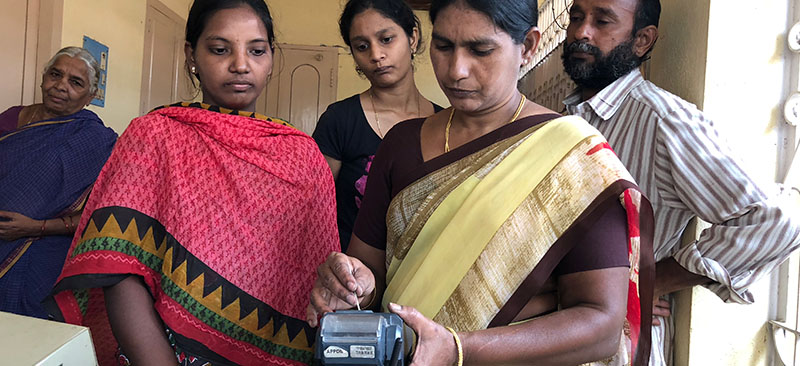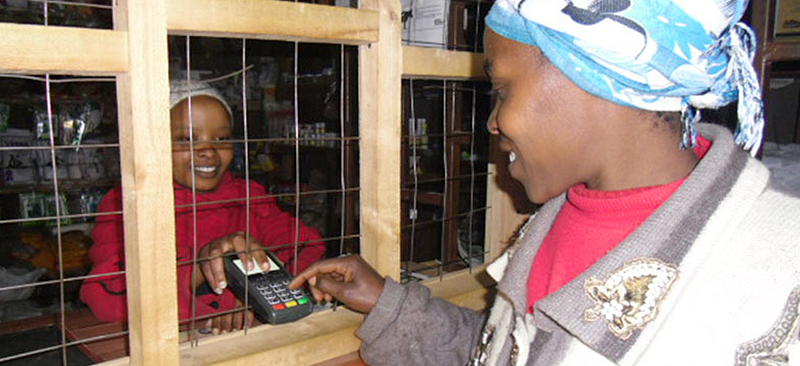This presentation was conducted during the release of our Agent Network Accelerator Bangladesh Research report. To read the report in full, please click the link below:
Agent Network Accelerator Survey – Bangladesh Country Report 2014

This presentation was conducted during the release of our Agent Network Accelerator Bangladesh Research report. To read the report in full, please click the link below:
Agent Network Accelerator Survey – Bangladesh Country Report 2014

This presentation was conducted at the IBM Research Lab in Nairobi, Kenya, and covers key lessons learnt from the digital finance industry after eight yeras of development.

31% of UTL is owned by the Ugandan government and in 2010 it launched a mobile money service called M-Sente. In December 2014, UTL had 1.6 million customers on their GSM platform, 600,000 of which were transitioned to mobile money. Just over 100,000 customers were active on a 90 day basis. UTL chose to build an agent network directly on top of its GSM network. Thus far it has registered 8,000 agents, 2,700 of which are active on a 90 day basis. To read through the case study, please click here.

United Commercial Bank Limited (UCB) is reported to have 149 branches and 101 ATMs in Bangladesh. In November 2013, it launched UCash, which it designed to offer interest bearing deposit services, as well as domestic person to person (P2P) transfers to new and existing customers. UCB originally wanted to build its own agent network so it could maintain a high level of control over its agents, ensuring both compliance with Bangladesh Bank regulations, and a high level of service for customers. Therefore it went about recruiting a team with distribution experience, hiring 12 area managers and 30 territory managers to operate under them. To read through the case study, please click here.

The Solidda group in Colombia originated as a prepaid airtime distribution network, which originally used scratch cards and then started using electronic vouchers. It has aggregated 60,000 retail outlets selling airtime under the MovilRed brand. In 2011, Solidda saw the opportunity to extend its service range by offering cash and electronic services for banks under the agency model, and set up a separate company called Tranza S.A.S. for this purpose. From the beginning it sought to become a multi-bank network, and refused to grant exclusivity to any bank. To read through the case study, please click here.

This presentation was conducted during a workshop organised by GIZ in Mozambique for various digital finance (mobile network operator and bank) providers.
The presentation covers: how to define a customer value proposition and align it to you channel, why the ‘right’ agent selection is important, how to pitch the agent value proposition, how to align this during the evolution of the business model and finally how to communicate the value proposition along the customer journey.